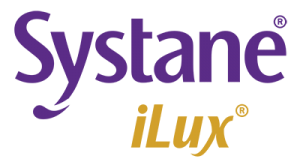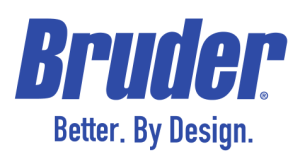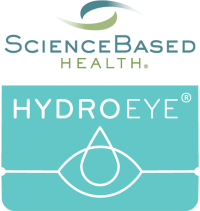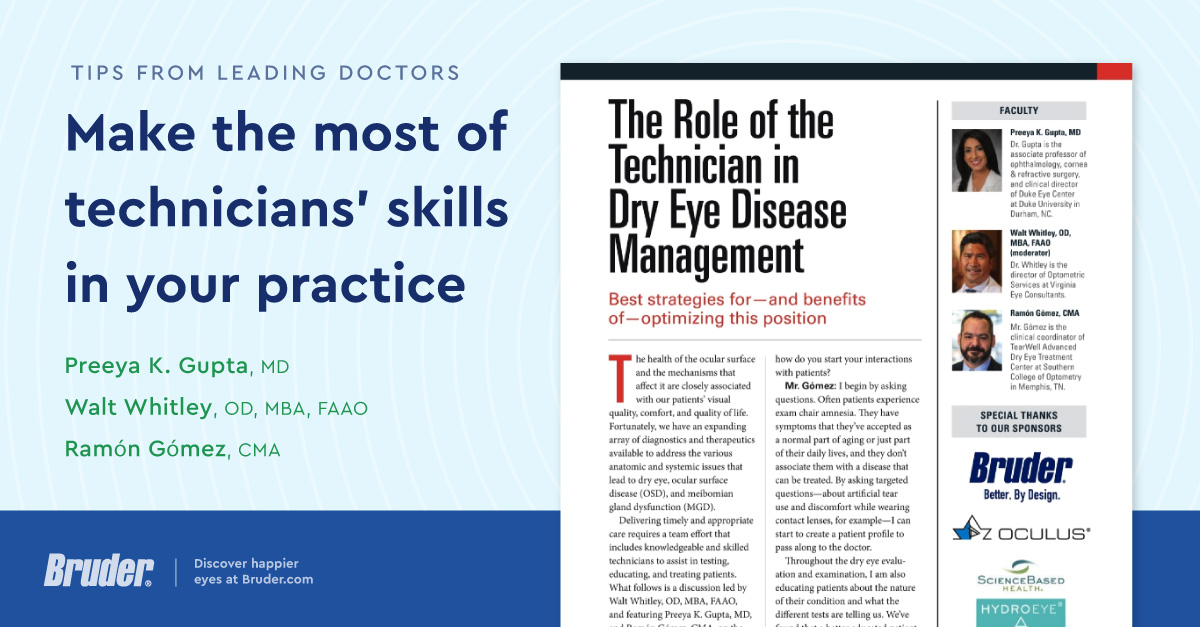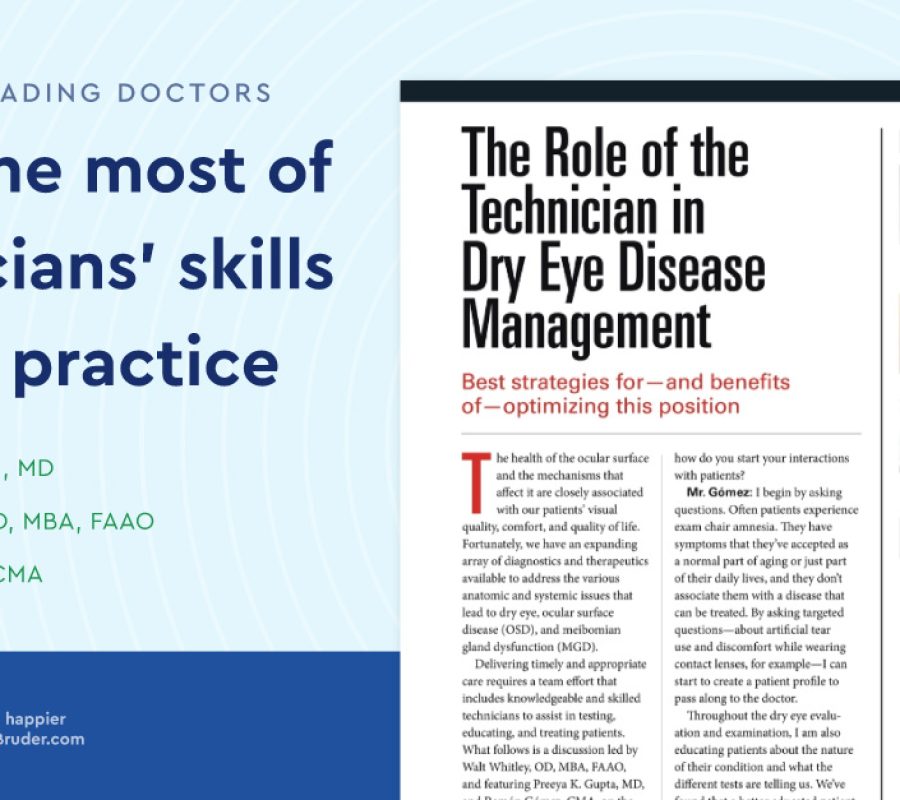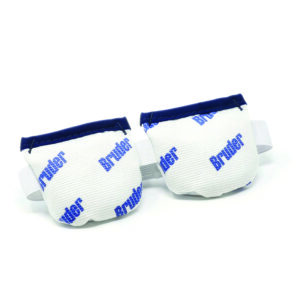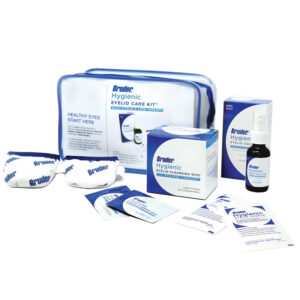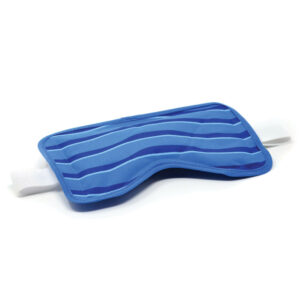News Feature
Optometry Times, December 2020
The best strategies for and benefits of optimizing your techs
There are many practices and strategies for managing symptoms of ocular surface disease (OSD), meibomian gland dysfunction (MGD), and dry eye disease. As techs often have the most patient interaction, having a skilled and knowledgeable team can set your patients up for the best results possible, streamline your process, and make appointments more efficient for patients and doctors.
The December issue of Ophthalmology Management featured a roundtable with experts Preeya K. Gupta, MD, Walt Whitley, OD, MBA, FAAO and Ramón Gómez, CMA, speaking to how their technicians are trained, the methods they use for managing dry eye symptoms and what educational resources are available.
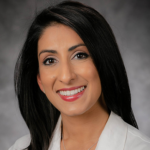
“...my technicians are dedicated to and enjoy treating OSD patients. They routinely help me with many procedural therapies. My scribe is adept at explaining the “homework” sheet that we give to patients. It lists all of the products that I deem safe and those I want patients to use, whether it’s nutritional therapies, such as HydroEye, warm compresses at home with a Bruder Moist Heat Eye Compress eye mask or supplemental tears.
Dr. Preeya K. Gupta, MD
Want to learn more about how to best utilize your technicians’ skills?
Key industry professionals discuss the essential role of the ophthalmic technician in dry eye disease (DED) diagnosis and management during a virtual symposium hosted by Ophthalmology Management and Ophthalmic Professional.
Symposium highlights include:
- Who teaches the technician the ins and outs of DED?
- Where is the line between education provided by the technician and education provided by the physician?
- Can technicians gather data and provide analytics on pull-through of premium DED services as well as patient conversion?
Speakers:

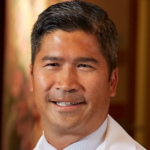
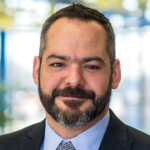
Sponsored by:
